Catfish balls. Photo: MINH HIEN
Catfish rolls. Photo: MINH HIEN
Lessons from hot growth
Thanks to the natural advantages of water resources, long-term farming experience and strong participation of businesses, An Giang province in particular and the entire Mekong Delta in general have become the "capital of pangasius" of the country. In the first 7 months of 2025, pangasius export turnover reached more than 1.2 billion USD, an increase of 11% over the same period in 2024. China and Hong Kong continue to be the largest consumer markets with a turnover of 302 million USD, accounting for nearly 1/4 of the total export value. Other major markets include the US, EU and many Asian countries.
Mr. Doan Toi - General Director of Nam Viet Joint Stock Company commented: "Major markets such as the US, China, and the EU have remained stable for over 10 years, showing that there is still a lot of room for development. However, the industry needs to reorganize production and processing more reasonably to avoid repeating the situation of "hot growth".
In fact, every time fish prices increase, people massively expand their farming areas, leading to supply exceeding demand after only a short time. In 2018, the price of pangasius reached 33,000 VND/kg, leading to a sharp increase in farming area in 2019 to 6,250 hectares, with output exceeding 1.6 million tons, causing a surplus crisis and causing prices to drop sharply.
Mr. Le Trung Dung - Vice President of An Giang Aquaculture and Seafood Processing Association warned: "If the whole region maintains a stable area of 4,500 - 5,000 hectares, the output will be about 1.2 - 1.4 million tons/year, it will be suitable for the consumption of the world market. On the contrary, the consumption situation will face many difficulties."
The consequences of hot growth do not stop at the dramatic drop in fish prices, causing farmers to suffer losses and even bankruptcy, but also affect product quality. When mass production occurs, many small-scale households have abused antibiotics and chemicals to increase productivity, affecting the export capacity and reputation of Vietnamese pangasius in the international market. Mr. Tran Van Dung, a resident of Hoa Lac commune, shared: “We have learned many lessons. First of all, we must comply with the planning of farming areas and control output to avoid surplus. At the same time, the industry needs to encourage farmers to apply international standards such as GlobalGAP and ASC to ensure food quality and safety.”
Processing tra fish for export. Photo: MINH HIEN
Harvesting pangasius. Photo: MINH HIEN
Restructuring towards sustainability
To develop stably, the pangasius industry needs to shift from spontaneous production to planned management. Localities, businesses and fish farmers need to cooperate to maintain appropriate acreage and output, avoiding oversupply. Businesses need to restructure products according to market demand, that is, sell what the market needs, not just sell what they have. In addition, it is necessary to promote investment in deep processing technology to increase added value instead of just exporting frozen fish fillets, thereby increasing profits and competitiveness.
On the farmers’ side, it is necessary to comply with international standards such as GlobalGAP and ASC. This not only helps ensure product quality but also meets the increasingly stringent requirements of import markets. In addition, it is necessary to focus on cost control, applying water-saving techniques, and reducing emissions - important factors to improve economic and environmental efficiency.
The “5-house” linkage model including farmers, businesses, banks, scientists, and the State is considered the key to comprehensively restructuring the pangasius industry. Mr. Le Trung Dung emphasized: “The role of the State is very important, it needs to be the “conductor” in planning orientation, regulating the market, and at the same time promoting green farming and processing models with low emissions”. The remaining “houses” need to coordinate synchronously, businesses proactively sign consumption contracts, banks support preferential capital, scientists transfer technology, and farmers comply with sustainable production processes.
Mr. Tran Van Tuan - a farmer in Vinh Xuong commune said: "To develop sustainably, right from the beginning of the season, farmers and businesses must have a clear plan for cooperation, who to sell the fish to, how to trace the origin...".
Technicians of Viet Uc Group (An Giang) extract semen from male catfish for artificial reproduction. Photo: MINH HIEN
Farmers joining cooperatives or associations not only helps control quality but also improves negotiation skills, avoiding the situation of "supply exceeding demand" as has happened before. In fact, the association model has brought about clear results. In Dong Thap, more than 83% of pangasius farming households have signed agreements with enterprises. In An Giang, this rate is up to 87.6%.
In the context of an unpredictable global market, lessons from the past and practical requirements require a change in traditional practices. Only when farmers, businesses, scientists, banks and the State work together and look in the same direction can the pangasius industry develop sustainably and elevate the Vietnamese brand in the international market. Strengthening links, controlling quality, applying technology and expanding the market are the keys for Vietnamese pangasius to not only maintain its current position but also reach further in the future.
MINH HIEN
Source: https://baoangiang.com.vn/lien-ket-5-nha-dua-ca-tra-vuon-xa-a427489.html


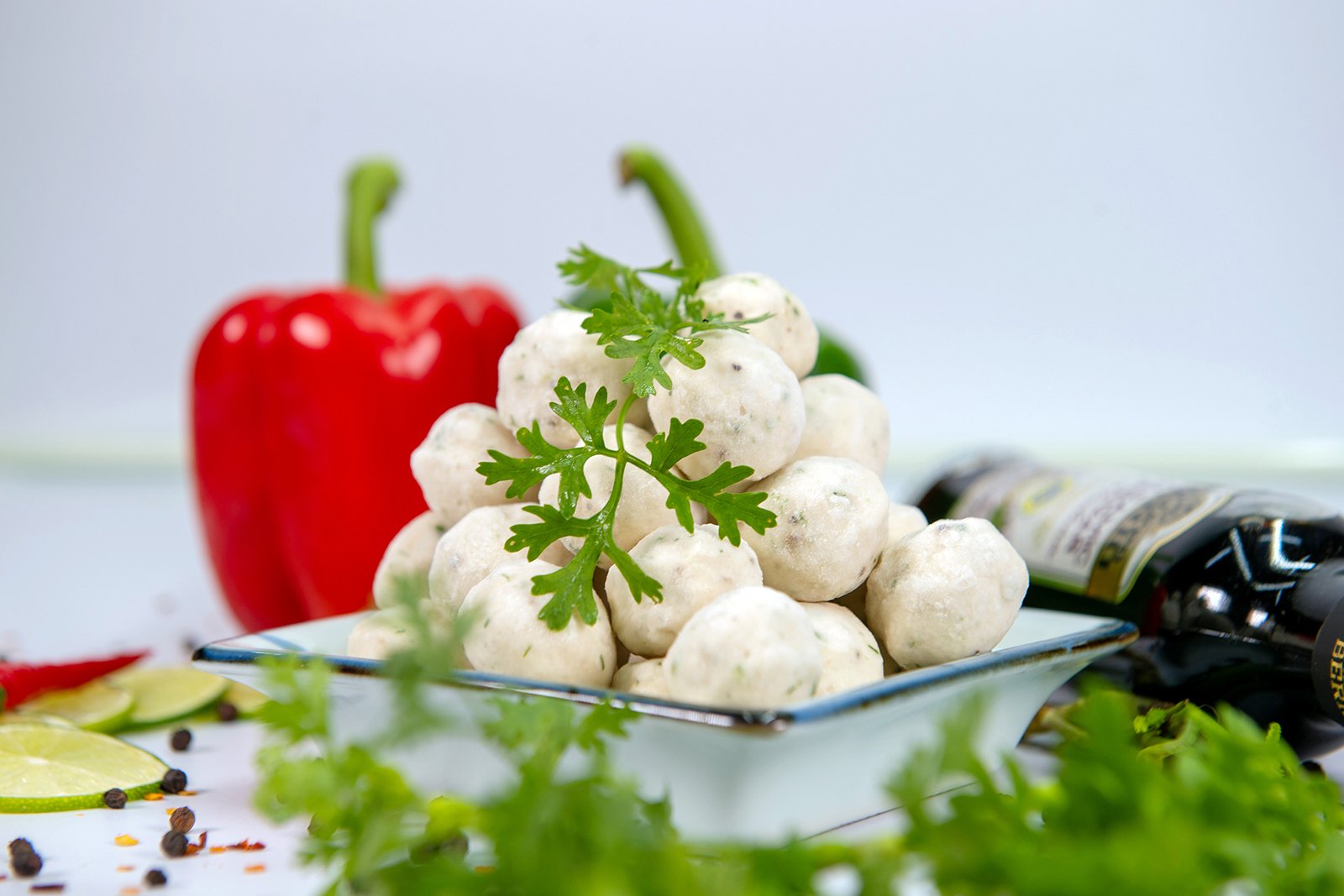
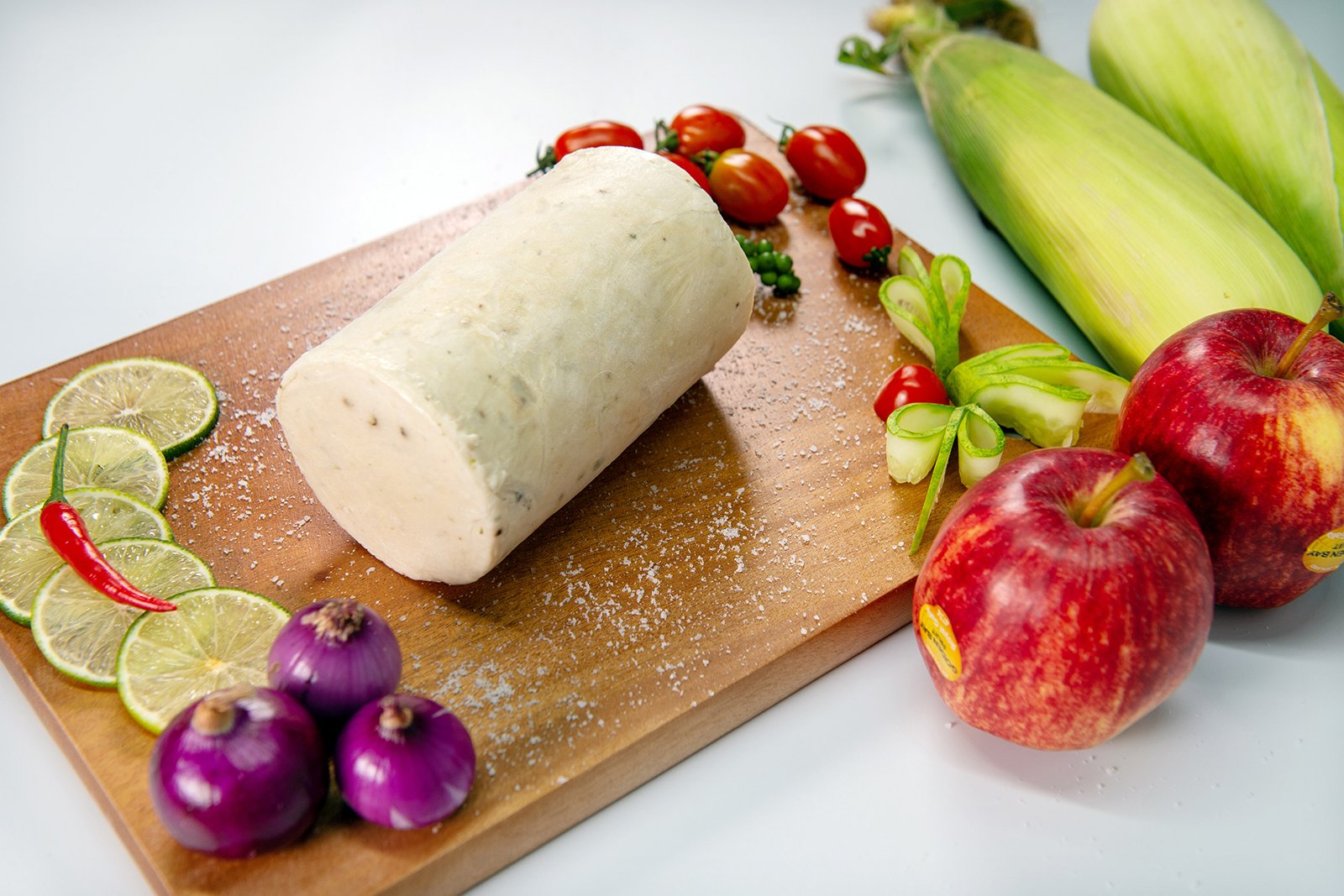
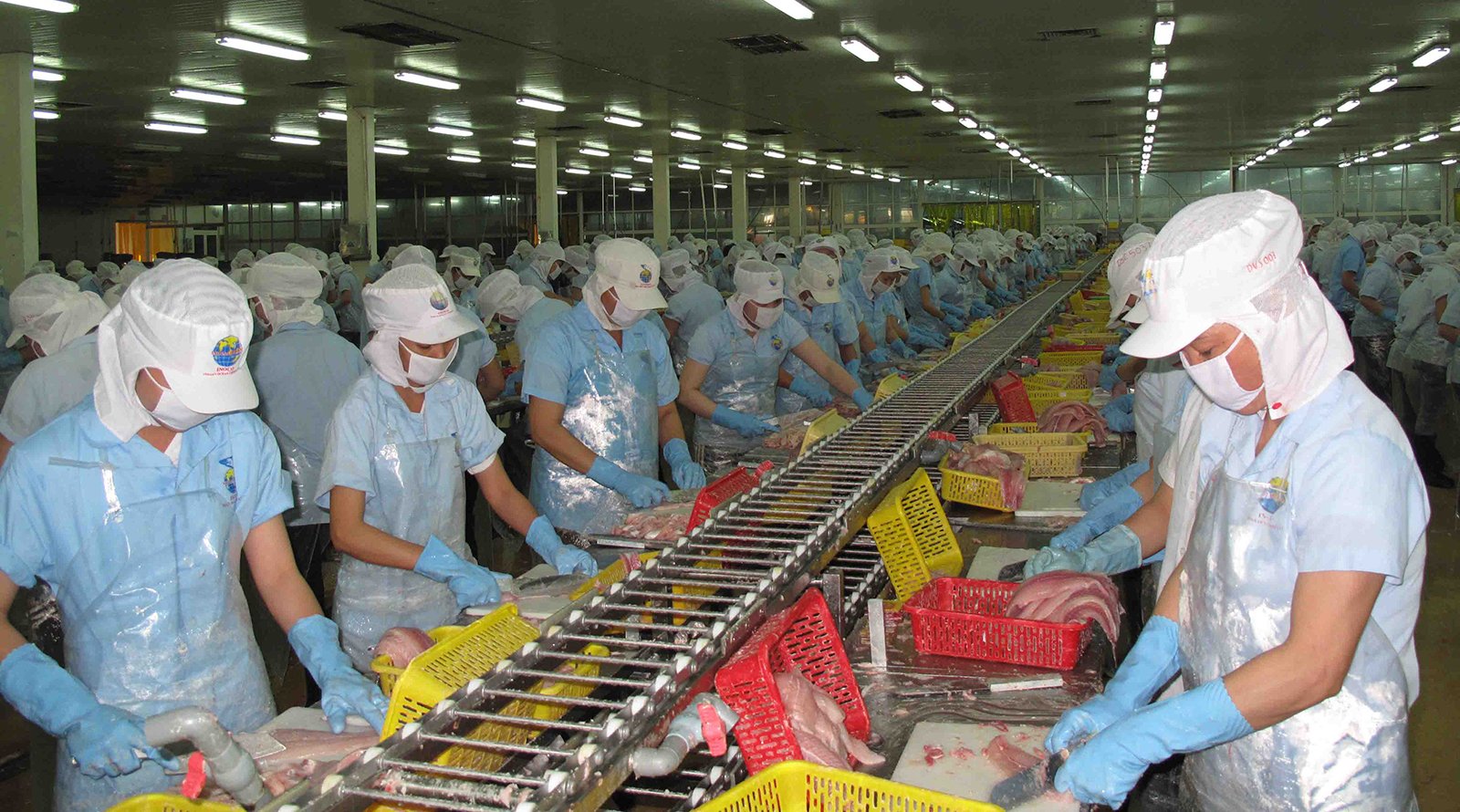
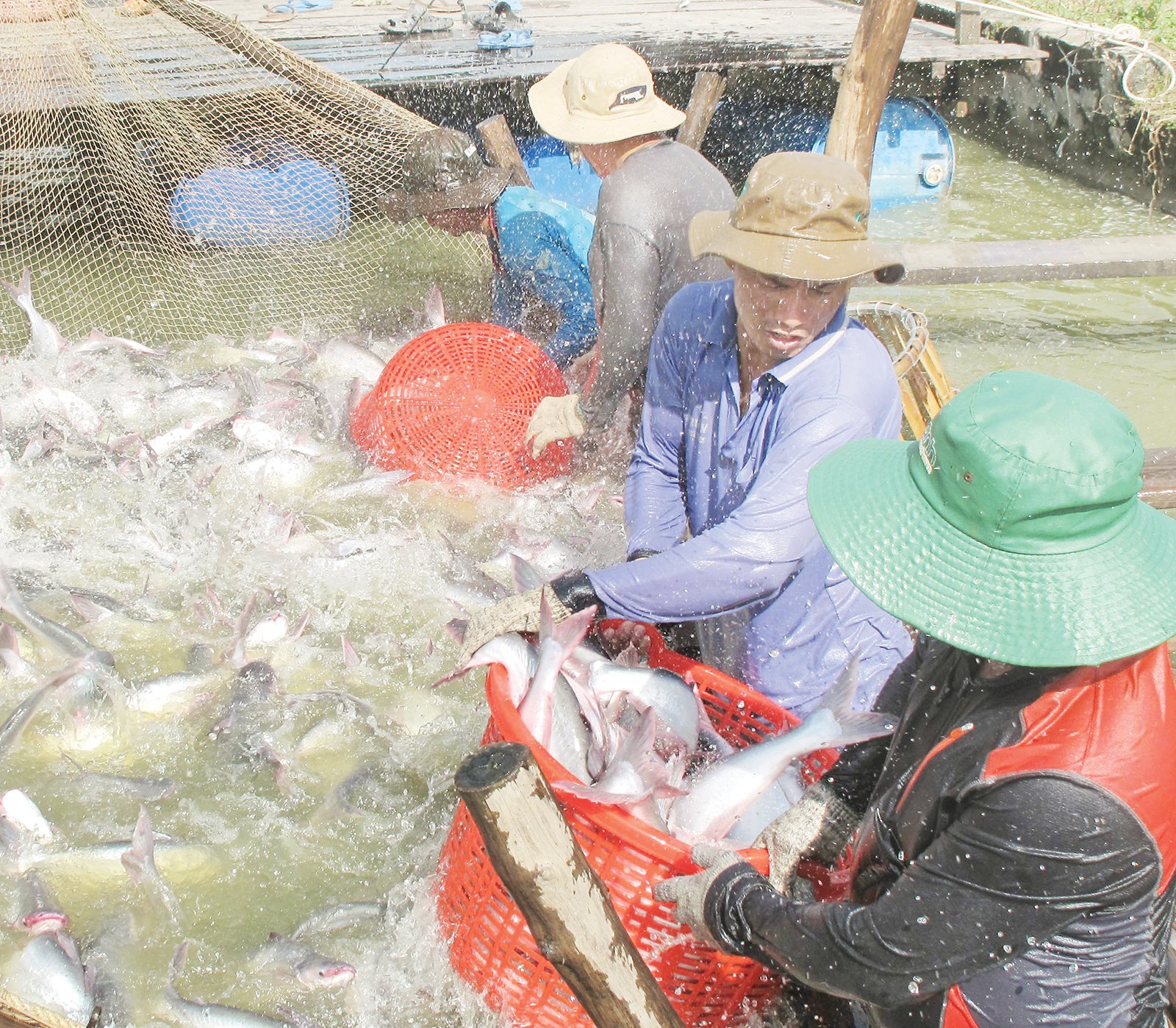
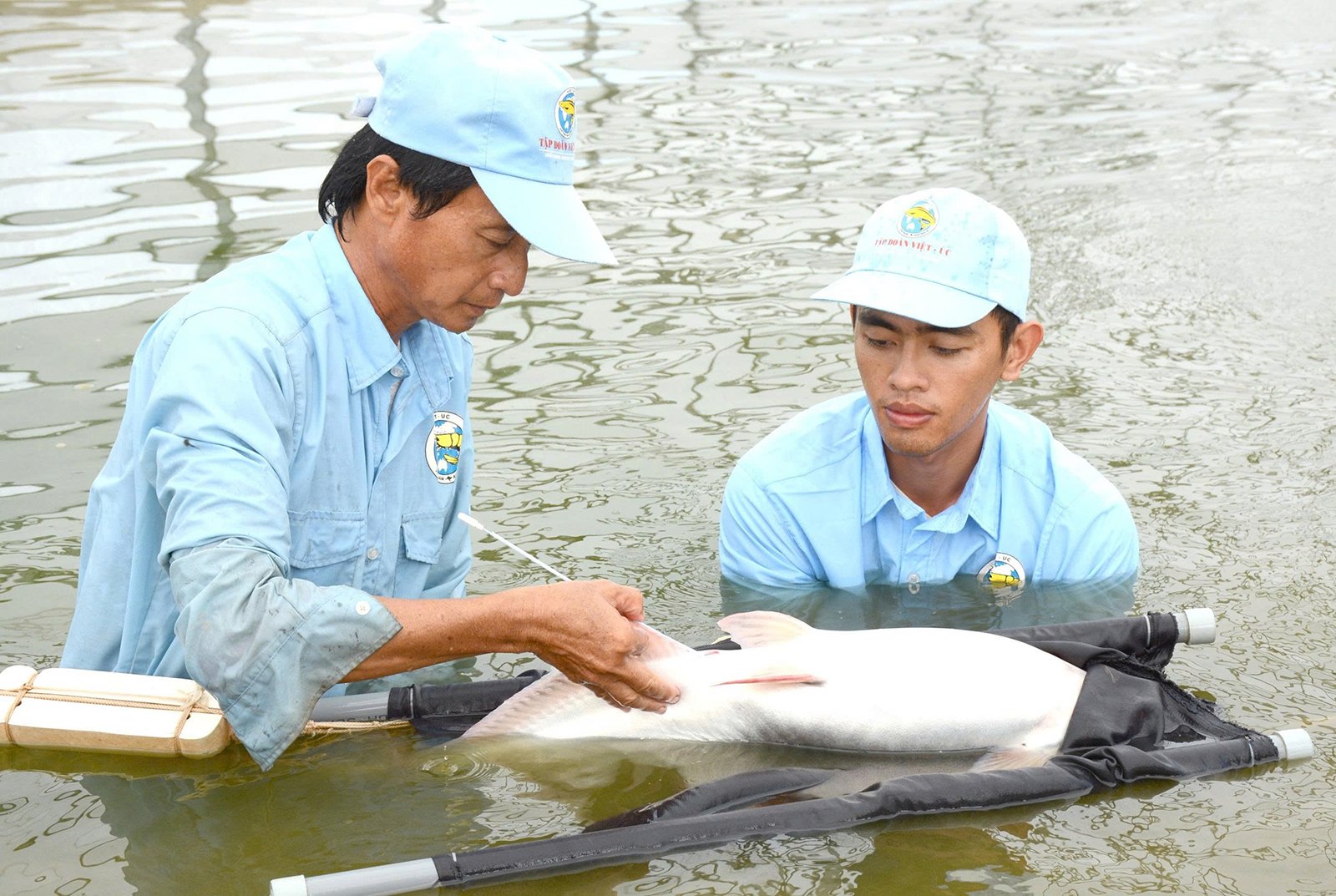
![[Photo] Prime Minister Pham Minh Chinh chairs the Government's online conference with localities](https://vphoto.vietnam.vn/thumb/1200x675/vietnam/resource/IMAGE/2025/10/5/264793cfb4404c63a701d235ff43e1bd)
![[Photo] Opening of the 13th Conference of the 13th Party Central Committee](https://vphoto.vietnam.vn/thumb/1200x675/vietnam/resource/IMAGE/2025/10/6/d4b269e6c4b64696af775925cb608560)




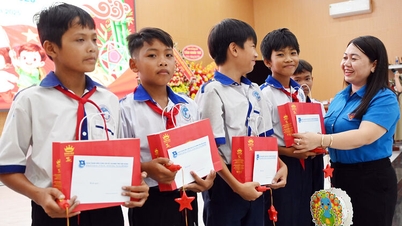
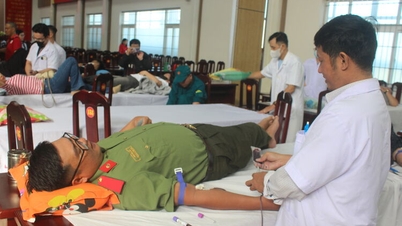
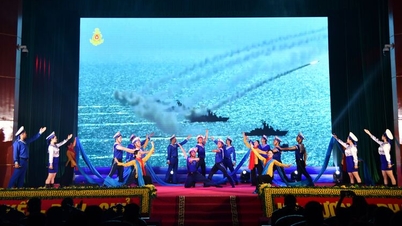

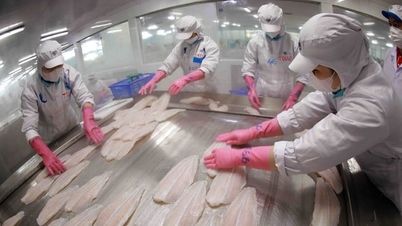

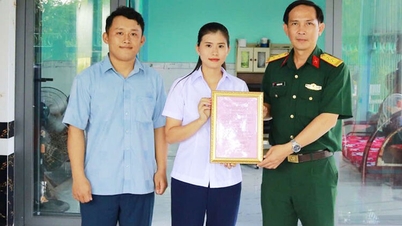
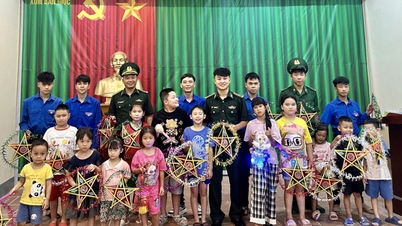

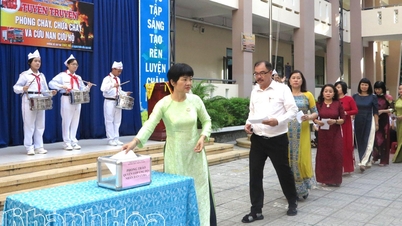

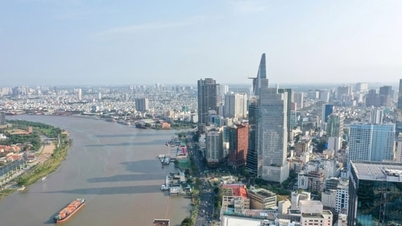
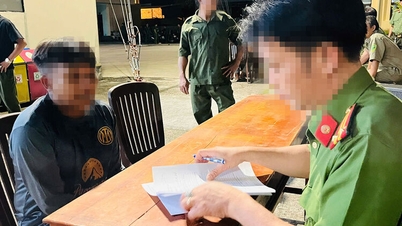
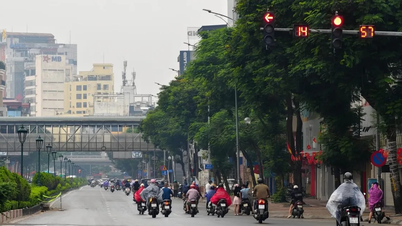

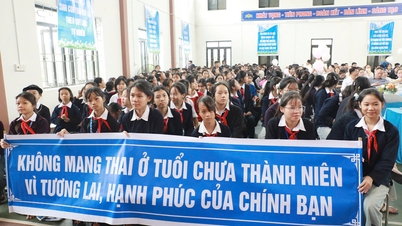






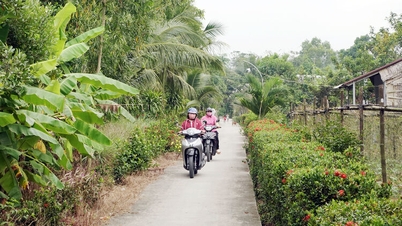
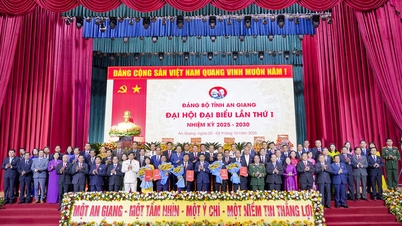
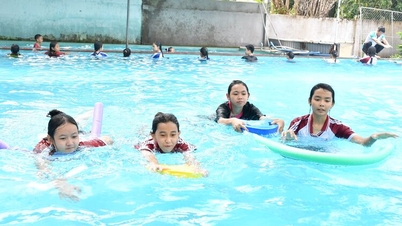
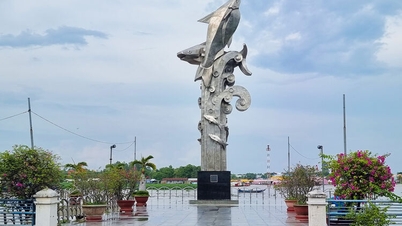

![[Photo] Prime Minister Pham Minh Chinh launched a peak emulation campaign to achieve achievements in celebration of the 14th National Party Congress](https://vphoto.vietnam.vn/thumb/1200x675/vietnam/resource/IMAGE/2025/10/5/8869ec5cdbc740f58fbf2ae73f065076)




























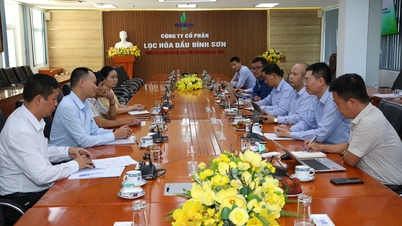

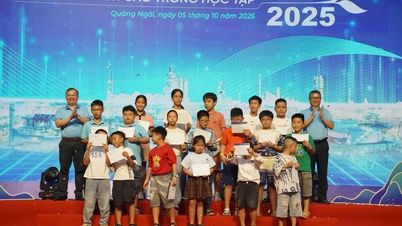



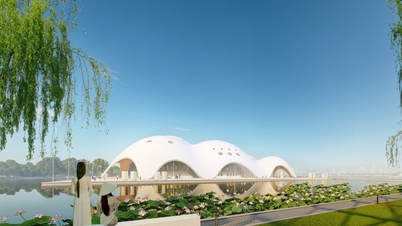
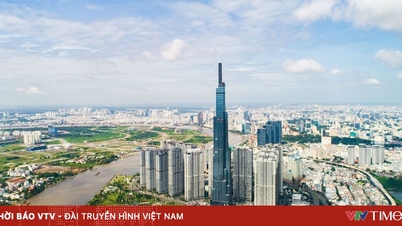

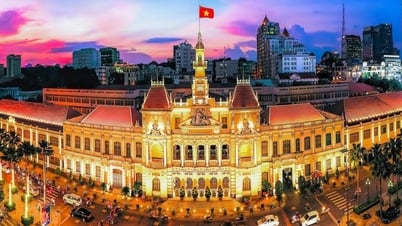
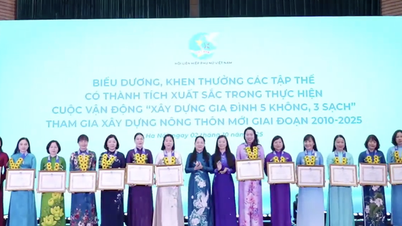

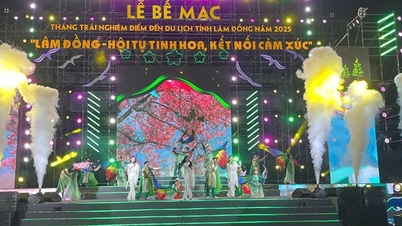
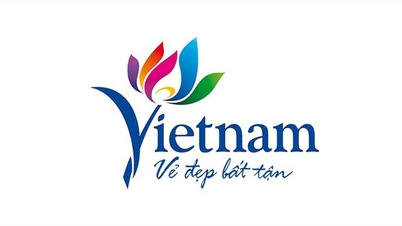
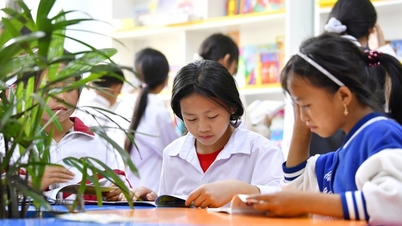
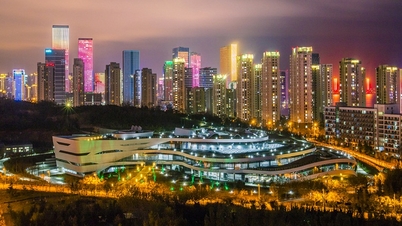

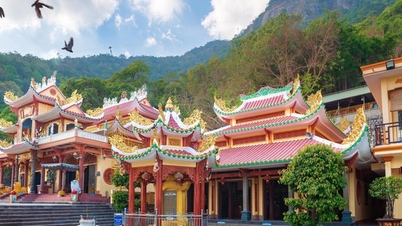
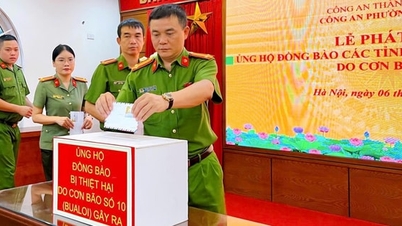
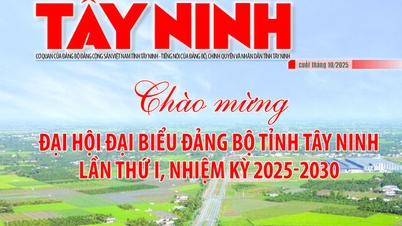

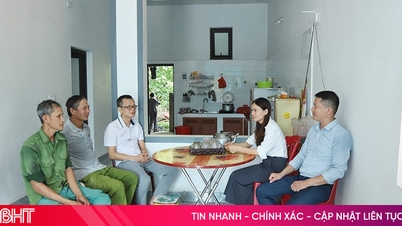

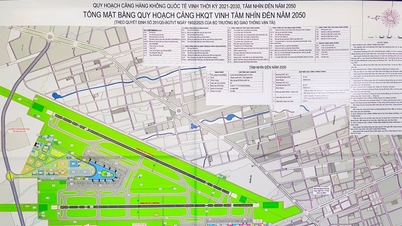

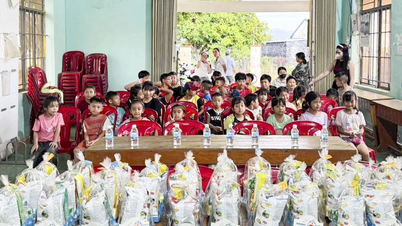















Comment (0)